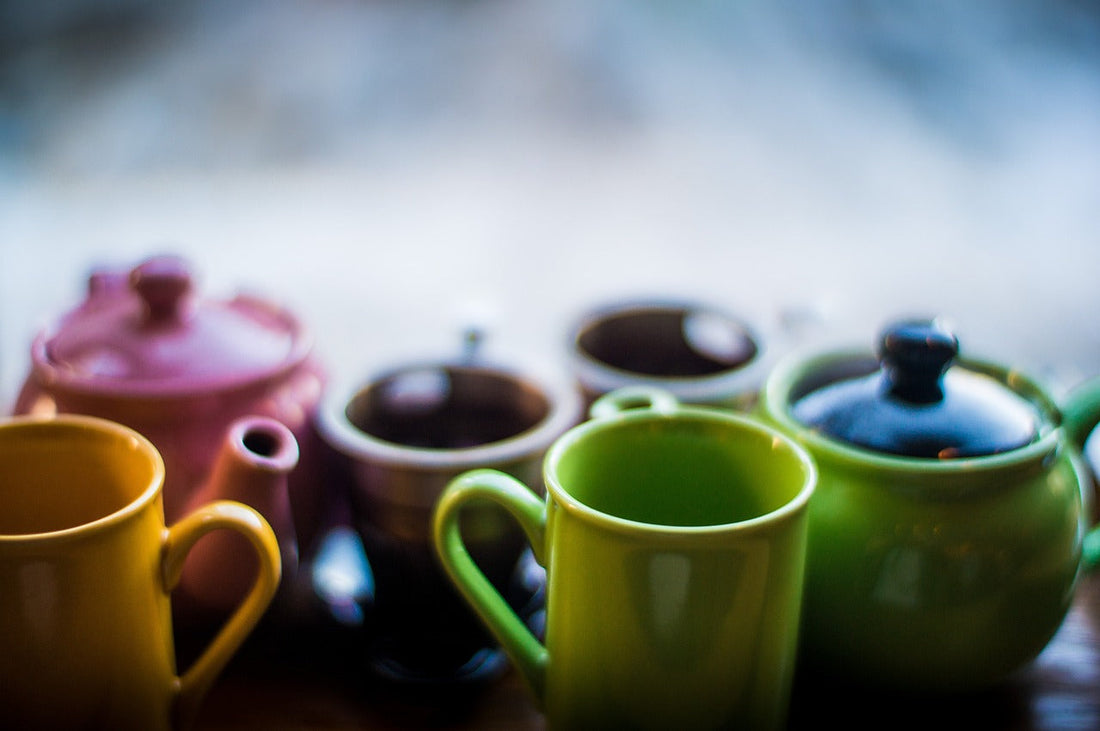
Discovering the Essence of Quality Black Teas: 8 Key Insights
Michele LillieWelcome to our tea blog! In the United States, black tea reigns supreme. Whether you are new to tea or a true devotee to this wonderful beverage, understanding what makes a quality black tea can enhance your appreciation and enjoyment. Here are the eight most important things to know about quality black teas.
The Crucial Tea Plant
Black tea is crafted from the leaves of the Camellia Sinensis plant, just like green, white, and oolong teas. The tea plant has two primary varieties: Camellia Sinensis Sinensis and Camellia Sinensis Assamica. While these varieties are closely related, they produce leaves of different sizes and thrive in distinct regions. This results in teas with unique flavor profiles.

Terroir Matters
Each black tea has a distinct taste influenced by its unique terroir. As food and wine expert Carl Hanson explains, “Terroir gives value to a particular locality, setting it apart from every other place and implying that a unique quality exists in that specific spot that cannot be reproduced anywhere else. Terroir is, in effect, the taste of the place.” Key factors contributing to this uniqueness include the variety of the tea plant used, the location where it was grown, and the climate.
The Fascination of Seasonality
In the nuanced world of tea, understanding the seasonality of teas from esteemed tea-producing regions like China, Japan, and Taiwan enriches both the palate and the mind. Each season brings unique harvests that influence the aroma, flavor, and cost of the teas. To experience this firsthand, try our 1st flush Darjeeling alongside our 2nd flush Darjeeling.

The Essential Processing Step
The distinguishing characteristic of black tea is oxidation. Similar to how a cut apple turns brown when exposed to air, black teas undergo a process where the enzymes in the tea leaf cells are exposed to oxygen, creating oxidation. Most black teas are considered "fully oxidized," resulting in dark leaves and brew, as well as a robust aroma and flavor. In contrast, green teas are not allowed to oxidize, making them unoxidized. Oolong teas are partially oxidized, ranging from about 10% to 80%.
The Complexity of Elevation Differences
Black teas grown at higher altitudes tend to have more complex and nuanced flavors. The challenging growing conditions at higher elevations cause tea plants to grow more slowly, resulting in richer flavor profiles. High-elevation teas often have a bright and brisk character, thanks to the cooler air and reduced rainfall. Try our Colombian black tea or our Shangri La black tea from Nepal for a taste of these exceptional flavors.
The Uniqueness of Single-Origin Teas
The flavor profile of your brew will vary depending on whether it is a single-origin or blended tea. Single-origin teas can taste different from year to year due to varying growing conditions each season. At English Tealeaves, we offer a wide selection of single-origin black teas from different countries, as well as an array of black tea blends. Try one of our Tea Flights to taste the differences side-by-side. We will be happy to help you choose which teas to compare.

The Consistency of Blended Teas
Blended black teas are more consistent in flavor because expert tea tasters and blenders carefully select and combine specific teas to achieve a stable flavor profile, minimizing the natural variability found in single-origin teas. Blends can come from different estates within the same region, like our Assam Leopards , or from different countries, like our English Breakfast.
Proper Brewing is Crucial
Even with quality loose-leaf black teas, how you brew them will determine whether you end up with a complex, smooth, and flavorful cup or a bitter and astringent one. For more detailed information, see these posts.
Brewing the Perfect Cup of Tea and A Potpourri Of Brewing Advice
Here are brief instructions:
- Always use good quality, freshly drawn cold water and bring it to a boil.
- Measure the tea correctly. A general rule of thumb is one teaspoon of dry leaves for every six ounces of water. For greater accuracy, weigh the tea leaves using a tea, coffee, or jeweler’s scale.
- Avoid brewing for too long, as it can create a bitter cup. Aim for 3-5 minutes.
Final Sip
Exploring the world of quality black teas will thrill you with rich flavors and captivating aromas. By understanding these eight aspects, you can enhance your tea-drinking experience and develop a deeper appreciation for this timeless beverage. Whether you prefer a strong, bold cup or a more delicate, nuanced brew, there's a quality black tea out there waiting for you to discover.
We invite you to visit our store in person or online to explore our curated selection of specialty black teas. Each tea is chosen with care to bring you the best in quality and flavor. If you have any questions or need personalized recommendations, our tea specialists are here to help.